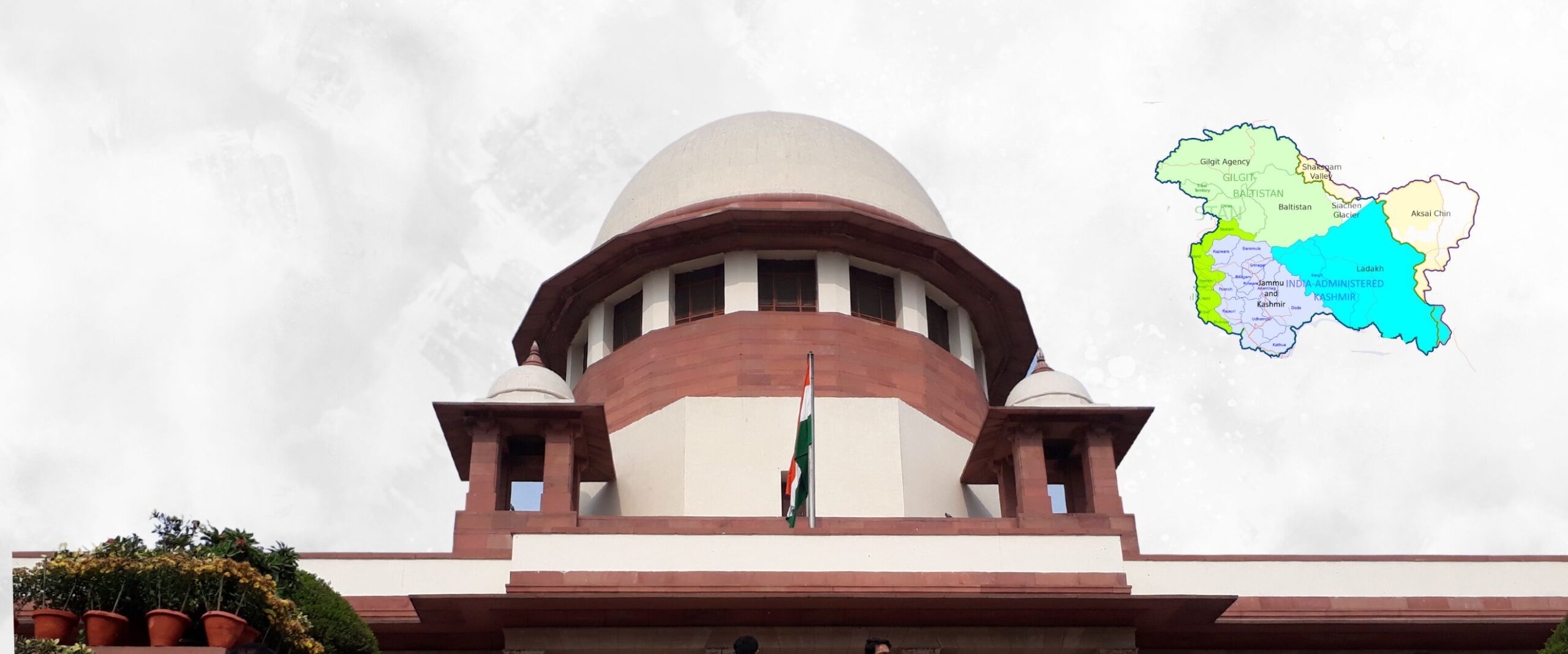
8 LOKPAL AND LOKAYUKTA
Lokpal is the counterpart of the north European institution of Ombudsman, which originated in the early part of the last century. Lokpal is meant to bring to the attention of the highest political functionaries of the Government-the members of the political executive in the Union Government and the members of the Parliament who are charged with corruption.
The Bill to set up Lokpal was introduced in the Indian Parliament in 1968, 1971, 1977, 1985, 1996 and 1998. The Bill did not become an Act, as either the Lok Sabha or the Council did not survive.
Lokpal Bill 1998 :- The Lokpal Bill, proposed by the Government in 1998, makes some changes to the 1996 Bill that lapsed with the dissolution of the 11th Lok Sabha. The changes are made on the basis of the Som Pal Committee recommendations. The Committee recommendations. The Committee recommended that:
Lokpal should be assisted by two members.
The committee to appoint the Lokpal and the two members should consist of the Vice President as the Chairman and the Prime Minister, the Lok Sabha Speaker and the Leaders of the Opposition in the Lok Sabha and the
Rajya Sabha as members :-
Since the status of the Lokpal is equal to that of CJI, the removal procedure should be equally stringent.
An inquiry for the removal of the Lokpal and the members should be made by the members should be made by the Chief Justice and two senior most Judges of the Supreme Court.
Proceeding must be open, except in extraordinary cases.
Complaints relating to the cases in the last 10 years can be inquired into.
The Lokayuktas currently exist in 11 States (now in 15 States)
In Andhra Pradesh, Assam, Bihar, Gujarat etc. they have not been effective because they are understaffed; under housed; most of the time, the post is not filled up; they lack the power to issue interim orders and so on. The mode of functioning of Lokayuktas is not uniform-in some States, they are authorised to direct prosecution and in some others, they can only recommend the same to the State Government
What are Lokpal and Lokayukta?
The Lokpal and Lokayukta Act, 2013 provided for the establishment of Lokpal for the Union and Lokayukta for States.
These institutions are statutory bodies without any constitutional status.
They perform the function of an "ombudsman” and inquire into allegations of corruption against certain public functionaries and for related matters.
Lokpal is a multi-member body that consists of one chairperson and a maximum of 8 members.
Chairperson of the Lokpal should be either the former Chief Justice of India or the former Judge of Supreme Court or an eminent person with impeccable integrity and outstanding ability, having special knowledge and expertise of minimum 25 years in the matters relating to anti-corruption policy, public administration, vigilance, finance including insurance and banking, law and management.
Out of the maximum eight members, half will be judicial members and minimum 50% of the Members will be from SC/ ST/ OBC/ Minorities and women.
The judicial member of the Lokpal is either a former Judge of the Supreme Court or a former Chief Justice of a High Court.
The non-judicial member should be an eminent person with impeccable integrity and outstanding ability, having special knowledge and expertise of minimum 25 years in the matters relating to anti-corruption policy, public administration, vigilance, finance including insurance and banking, law and management.
The term of office for Lokpal Chairman and Members is 5 years or till the age of 70 years.
The members are appointed by the president on the recommendation of a Selection Committee.
The selection committee is composed of the Prime Minister who is the Chairperson, Speaker of Lok Sabha, Leader of Opposition in Lok Sabha, Chief Justice of India or a Judge nominated by him/her and One eminent jurist.
